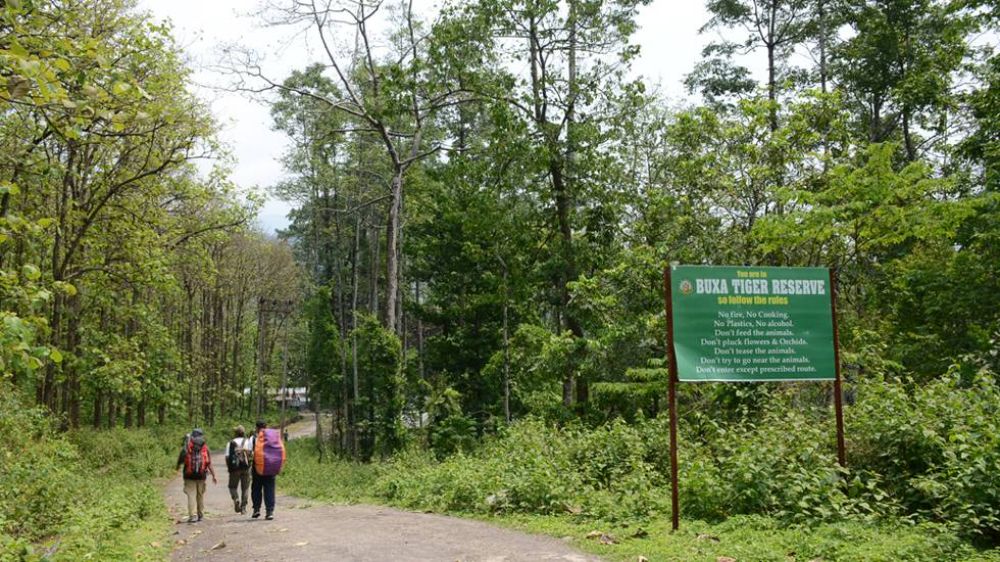

As a rich reservoir of biodiversity in the Eastern Himalayas, Buxa Tiger Reserve has long captivated the imagination of travelers, wildlife enthusiasts, and nature lovers alike. Nestled in the Alipurduar district of West Bengal, its history with tourism is as diverse as its ecosystem.
The reserve, which gets its name from the historic Buxa Fort - a key military outpost used as a prison by the British during India's freedom struggle – has been an offbeat destination for travelers seeking adventure and serenity. Although the region has been known to locals for centuries, it wasn't until the establishment of the Buxa Tiger Reserve in 1983 and its subsequent declaration as a National Park in 1992 that tourism slowly began to find its footing.
The 1990s marked a significant transition in the tourism sector, as global trends leaned towards ecotourism. India, recognizing the potential of its natural havens, began promoting destinations like Buxa as ideal getaways for those looking to experience wildlife and nature in their rawest form. The Reserve's promise of seeing rare animals such as Asian elephants, Indian leopards, and even the elusive Bengal tigers added to its allure.
By the early 2000s, wildlife tourism had taken precedent, and the Buxa Tiger Reserve became a hotspot for safari enthusiasts. The establishment of carefully crafted jungle safaris that offered a glimpse into the life of the Royal Bengal Tiger further boosted its popularity. Resorts and government lodges began to proliferate, catering to various budget ranges while ensuring minimal ecological impact.
In recent years, there has been a growing trend towards sustainable tourism practices. Tour operators and local authorities are increasingly aware of the need to preserve Buxa's fragile ecosystem. Conservation efforts are often combined with community development initiatives, providing visitors with an opportunity to engage in volunteer activities or cultural exchanges with indigenous tribes such as the Rajbongshis, Rabhas, and Totos.
Moreover, with the advent of digital media, virtual tours and online wildlife watching have also become part of the Buxa tourism experience, allowing people from all over the world to explore its beauty from the comfort of their homes.
The history of tourism in Buxa Tiger Reserve is a testament to the evolving relationship between man and nature. From a relatively unknown forested area to a premier tiger reserve, Buxa's journey has been shaped by the changing tides of travel trends, growing environmental consciousness, and the unending human quest for connection with the wild. As it stands, Buxa continues to be a cherished destination, offering a blend of adventure, tranquility, and a peek into India's rich natural heritage.